Unearthing
THE
Changes
TRANSLATIONS FROM THE ASIAN CLASSICS
TRANSLATIONS FROM THE ASIAN CLASSICS
EDITORIAL BOARD
Wm. Theodore de Bary, Chair
Paul Anderer
Donald Keene
George A. Saliba
Wei Shang
Haruo Shirane
Burton Watson
EDWARD L. SHAUGHNESSY
Unearthing
THE
Changes
RECENTLY DISCOVERED MANUSCRIPTS OF THE YI JING (I CHING) AND RELATED TEXTS
Columbia
University
Press
New York
Columbia University Press wishes to express its appreciation for assistance given by the Chiang Ching-kuo Foundation for International Scholarly Exchange and Council for Cultural Affairs in the preparation of the translation and in the publication of this series.
Columbia University Press
Publishers Since 1893
New York Chichester, West Sussex
cup.columbia.edu
Copyright 2014 Columbia University Press
All rights reserved
EISBN: 978-0-231-53330-0
Library of Congress Cataloging-in-Publication Data
Shaughnessy, Edward L., 1952-
Unearthing the changes : recently discovered manuscripts of the Yi Jing (I Ching) and related texts / Edward L. Shaughnessy.
p. cm. (Translations from the Asian classics)
Includes bibliographical references and index.
ISBN 978-0-231-16184-8 (cloth : acid-free paper) ISBN 978-0-231-53330-0 (electronic)
1. Yi jingCriticism, Textual. I. Title.
PL2464.Z6S466 2013
299.5'1282dc23
2012023286
A Columbia University Press E-book.
CUP would be pleased to hear about your reading experience with this e-book at .
Cover image: Shanghai Museum Zhouyi strip
Cover design: Lisa Hamm
References to websites (URLs) were accurate at the time of writing. Neither the author nor Columbia University Press is responsible for URLs that may have expired or changed since the manuscript was prepared.
For
DAVID KEIGHTLEY MICHAEL LOEWE DAVID NIVISON
Where three people walk, there will certainly be my teacher among them.
Analects 7/22
CONTENTS
I n China, the Yi jing , or Classic of Changes, also known as the Zhou Yi , or Zhou Changes, or, more simply (and as I refer to it here), as the Yi , or Changes,
The Changes is a famously difficult text. Herrlee G. Creel (19051994), once the Western worlds foremost authority on early Chinese cultural history, exclaimed in exasperation:
The language of this book is very concise, even cryptic. This has given rise to various theories that it contains a secret language or an occult symbolism. It makes one wonder if it was written at a time when the Zhous had not yet learned to write very clear Chinese.
Even Li Xueqin , the leading scholar in this field today and someone who has devoted considerable time to studying the Changes, warns,
I often feel that studying the Zhou Changes is very dangerous. The text of the Zhou Changes is arcane and simple, but subtle and abstruse; you can explain it this way, but it is also not hard to explain it that way. Its bad enough if you borrow the terminology of the Yi to express your own thoughts, but if you want to find the original meaning of the Yi, it is really too difficult. One very common result is that one constructs upon the foundation of ones own imagination a seven-story pagoda, the soaring eaves and complex structure of which give the architect the sense that it is entirely natural.
Despite this danger in studying the Changes, Professor Li goes on to advise that through study of the texts historical development, it is nevertheless possible to gain an objective understanding of it. As he also states, in this regard archaeology can play a key role.
Inspired by Li Xueqins advice that archaeology can play a key role in understanding the historical development of the Changes, I present these three manuscripts as the focus of the present book.
THE FORMAT OF THE CHANGES
Although Herrlee Creel was certainly correct in saying of the Changes that the language of this book is very concise, even cryptic, he was exaggerating more than a little when he went on to wonder whether it was written at a time when the Zhous had not yet learned to write very clear Chinese. The text is certainly open to multiple interpretations; indeed, this openness is one of the great hallmarks of the text, in some ways what makes it the unique classic that it is. The statement for Xian ,  , Feeling, the thirty-first hexagram in the traditional sequence, is more or less representative:
, Feeling, the thirty-first hexagram in the traditional sequence, is more or less representative: Feeling: Receipt. Beneficial to determine. Taking a woman: auspicious.
This is not the place to try to explain the kinds of meanings that have been attached to the various phrases of this statement, or to explain how they have been understood in the context of this hexagram. For now, it will have to suffice to note the formal structure of the text.
The line statements are counted from the bottom of the hexagram to its top, each one introduced by a sort of tag identifying its place within the hexagram and the nature of the line (whether solid or broken) to which it is attached: the bottom line is called First (chu ), the top line Top (shang ), and the intervening lines are simply numbered Second (er ), Third (san ), Fourth (si ), and Fifth (wu ); solid lines, understood to be yang (i.e., sunny, understood in the traditional Chinese worldview to be one of the two basic attributes of all things), are referred to as Nine (jiu ) and broken lines, understood to be yin (i.e., shady), are referred to as Six (liu ). The combination of these two features gives such tags as First Six (chu liu ), Nine in the Third (jiu san ), and Top Six (shang liu ). The line statement proper, on the other hand, is often built around an omen or image (xiang ) describing some thing or activity in either the natural or human realms. It is these omens that strike readers as secret ( la Herrlee Creel) or even dangerous ( la Li Xueqin); they are certainly enigmatic. The omens are often followed by terms associated with divinatory prognostications: ji , auspicious, xiong , ominous, lin , distress, wu hui , there are no regrets, and so on. Far from clarifying the text, these determinations often provoke the greatest discussion of its meaning.
The six line statements attached to Xian hexagram are again more or less representative of line statements in general, although one hastens to add that any single representation is bound to be misleading; in the words of the

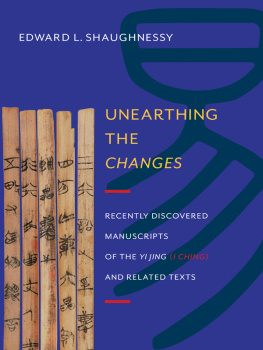

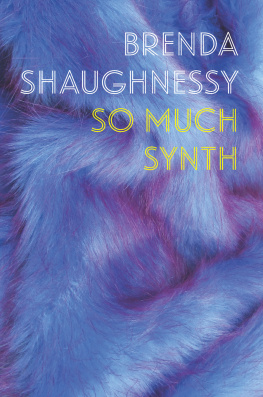
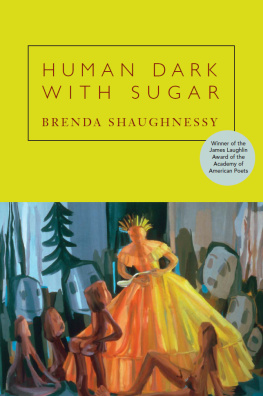

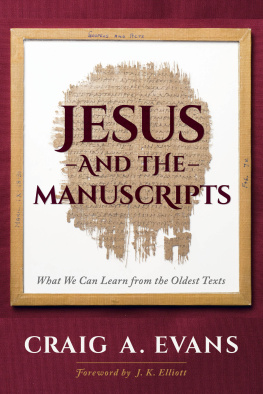
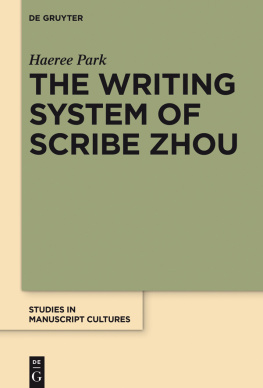
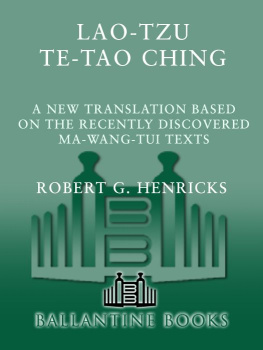
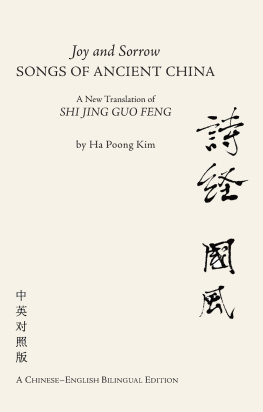


 , Feeling, the thirty-first hexagram in the traditional sequence, is more or less representative:
, Feeling, the thirty-first hexagram in the traditional sequence, is more or less representative: